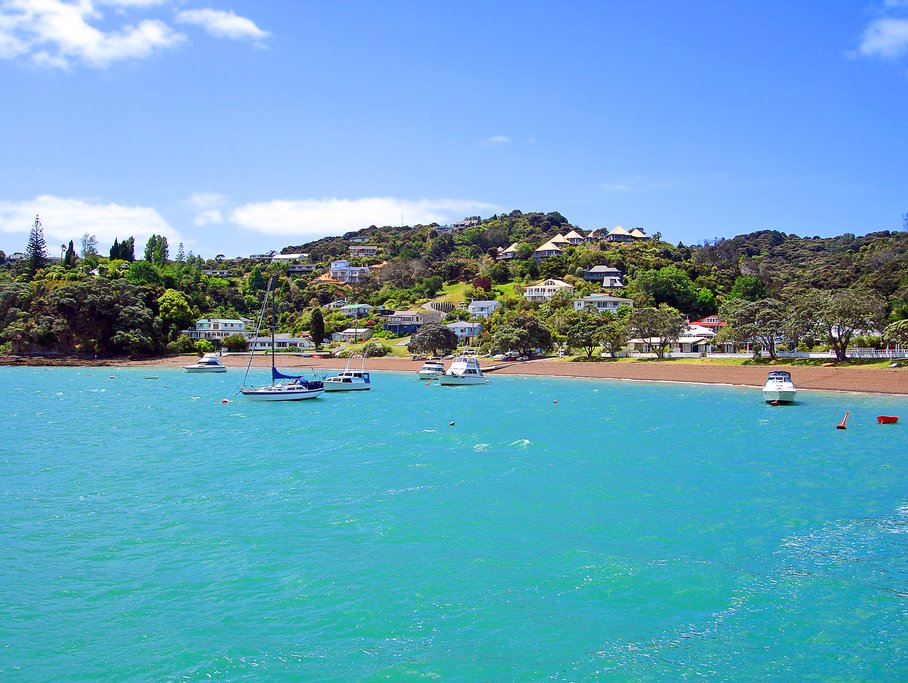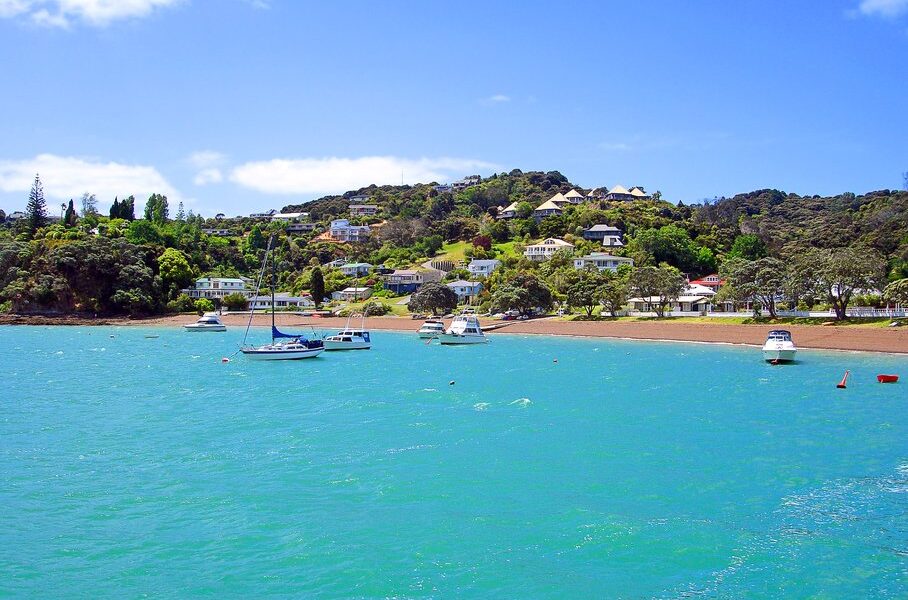
January is mid-summer in New Zealand, and peak tourism season. Schools are on holiday until the end of the month, so you’ll encounter a lot of domestic tourists throughout the country. Temperatures are generally warm, although there’s a lot of variation between the far north and the deep south. January also tends to be New Zealand’s driest month, so conditions are good for outdoor adventures.
## Exploring New Zealand in January: A Comprehensive Guide
January in New Zealand offers a vibrant tapestry of experiences, from sun-kissed beaches to captivating cultural attractions. However, planning is essential during this peak tourist season. This guide delves into what you can expect in New Zealand in January, helping you make the most of your visit.
**Weather: A Land of Contrasts**
New Zealand, stretching approximately 870 miles (1400 km) from **Cape Reinga** in the north to **Bluff** in the south, boasts a diverse climate. This elongated geography results in a remarkable range of weather conditions, making it crucial to pack accordingly.
The northern reaches of **Northland** experience a subtropical climate. Expect warm, humid conditions, ideal for beach holidays and exploring the coastline. Further south, **Southland** enjoys a cooler, temperate climate. Here, the temperatures are milder, and the landscape transforms into rolling hills and dramatic coastlines. Between these two extremes, New Zealand reveals areas of high alpine splendor. These mountainous regions offer breathtaking scenery but also present the possibility of unpredictable weather, even in the summer months. Adding to the diversity, relatively warm coastal areas are scattered throughout the country, each possessing its own unique microclimate.
January, along with February, marks the hottest period throughout New Zealand. In **Northland**, **Auckland**, the **Coromandel**, and other parts of the upper **North Island**, as well as certain regions of the **South Island** like the area surrounding **Nelson**, select areas of **Canterbury**, and portions of **Central Otago**, expect average highs around a pleasant 77° F (25° C). The island nation status of New Zealand ensures that temperatures generally don’t reach the extreme highs experienced in continental regions, such as neighboring Australia. Nevertheless, it’s not uncommon for some of the aforementioned locations to experience temperatures exceeding 86° F (30° C) for extended periods during the summer, sometimes lasting for several consecutive days.
While many parts of the country bask in the summer sun, other areas can remain relatively cool. Unseasonal snowfall, while not necessarily unusual, can occur in alpine regions, even during the summer months. **Queenstown**, situated in the southern part of the South Island and surrounded by majestic mountains, boasts a cooler average summer high of around 71° F (22° C).
Rain is a frequent visitor to New Zealand, earning it a reputation as a wet country. Expect showers at any time of year. However, summer typically marks the driest period. Water restrictions are not uncommon in some areas that might experience a prolonged dry spell of six weeks to two months. These drier conditions make January ideal for enjoying the beaches, embarking on hiking adventures, and exploring the outdoors.
It’s also important to be mindful of forest fires. The risk of these is increasing in New Zealand during the summer. While they have not yet reached the scale of those seen in Australia or parts of the USA, awareness is crucial. When exploring nature during the dry, hot summer months, take precautions to prevent accidental fires, such as properly disposing of cigarette butts.
**Crowds and Costs: Navigating Peak Season**
January represents the peak of the tourist season in New Zealand. Primary and secondary schools observe long summer holidays, typically spanning from mid-to-late December through late January or early February. During this period, New Zealand families often explore their own country, flocking to local beaches, lakes, rivers, and other popular attractions.
Popular camping areas tend to be fully booked months in advance, as locals often have favored spots they revisit annually. “Freedom camping,” or camping outside designated areas, is often frowned upon in many parts of New Zealand and even prohibited by legislation in some regions. If you intend to camp in January, thorough research is crucial to identify available and accessible campgrounds.
If your travel plans include crossing the **Cook Strait** between **Wellington** and **Picton** on the Interislander Ferry during January, booking your tickets well in advance is highly recommended. This route is popular among locals, who often book tickets early, in addition to the surge of international tourists during this period.
In addition to domestic travelers, New Zealand welcomes a significant influx of international tourists in January. Visitors from North America or Europe often seek refuge from their winter months by venturing to New Zealand.
Be prepared for higher accommodation prices in January. You may also encounter increased costs for domestic flights, as demand for popular routes rises significantly during this peak season.
**Where to Go: A Plethora of Options**
There truly isn’t a “bad” place to visit in New Zealand during January. If your heart desires beach time, you will find yourself spoiled for choice. **Northland** and the **Coromandel Peninsula** are renowned for their exceptional beaches, but they also tend to be the most crowded in January. For a more secluded beach experience, consider driving along the east coast of the North Island and discovering hidden gems along the way. The west coasts of both islands are generally less suitable for swimming due to wilder seas, stronger currents, and heavier surf.
Hiking enthusiasts will find no shortage of breathtaking day or multi-day trails to explore. The most popular trails, such as the Department of Conservation’s 10 “Great Walks,” can become quite congested in January. Accommodation along these routes, including DOC huts and campsites, often requires advance booking. Unless your heart is set on experiencing them, consider avoiding the **Tongariro Alpine Crossing** or the **Abel Tasman Coast Track** during January. These iconic trails attract significant visitor numbers, potentially straining the infrastructure and impacting the environment. Instead, explore the many other trails throughout the country that offer equally rewarding experiences with fewer crowds.
While January falls outside the ski season (typically running from June to early October), it presents a fantastic opportunity for a road trip to admire the mountains, particularly in the South Island. Road conditions are generally more favorable compared to winter, free from ice or snow cover. The mountains, bathed in sunshine, offer stunning views. Aoraki Mt. Cook, New Zealand’s highest mountain, is easily accessible from Christchurch, offering a memorable experience.
**What to Do: Embracing the Summer Spirit**
January presents the perfect opportunity to indulge in beach activities. Whether you prefer relaxing on the sand, swimming in the refreshing waters, or engaging in exhilarating water sports such as surfing, stand-up paddle boarding, or kayaking, the options are endless. Many popular beaches are patrolled by Surf Life Saving teams daily during the school holidays, and on weekends throughout the summer. Remember to always swim between the designated flags when they are present.
As previously mentioned, January is also a fantastic time for hiking. While conditions can be hot and sunny, the likelihood of encountering significant rain is reduced. New Zealanders are avid hikers themselves, so you’ll find yourself close to a trail regardless of your location within the country.
City sightseeing and cultural activities offer enriching experiences in January. Explore the museums and galleries of **Auckland**, **Wellington**, and **Christchurch**, delve into the historical sites of the **Bay of Islands**, and marvel at the natural wonders of **Rotorua** and **Taupo**.
**January Events: A Festive Atmosphere**
**World Buskers Festival, Christchurch:** This late-January festival showcases local and international street performers, musicians, magicians, jugglers, and more, offering fun-filled events over a couple of weeks.
**ASB Classic Tennis, Auckland:** Witness some of the biggest names in tennis compete over two weeks in January.
By planning ahead and being mindful of the peak season conditions, you can create an unforgettable January adventure in New Zealand. Embrace the diverse landscapes, soak up the summer sun, and immerse yourself in the vibrant culture of this remarkable country.
B-1844

